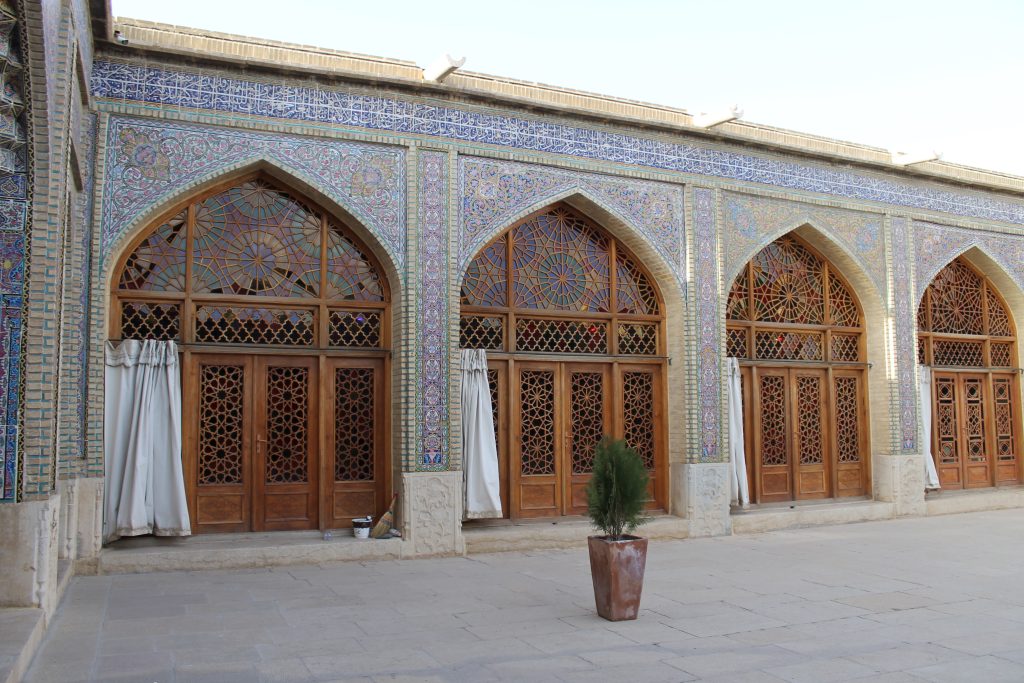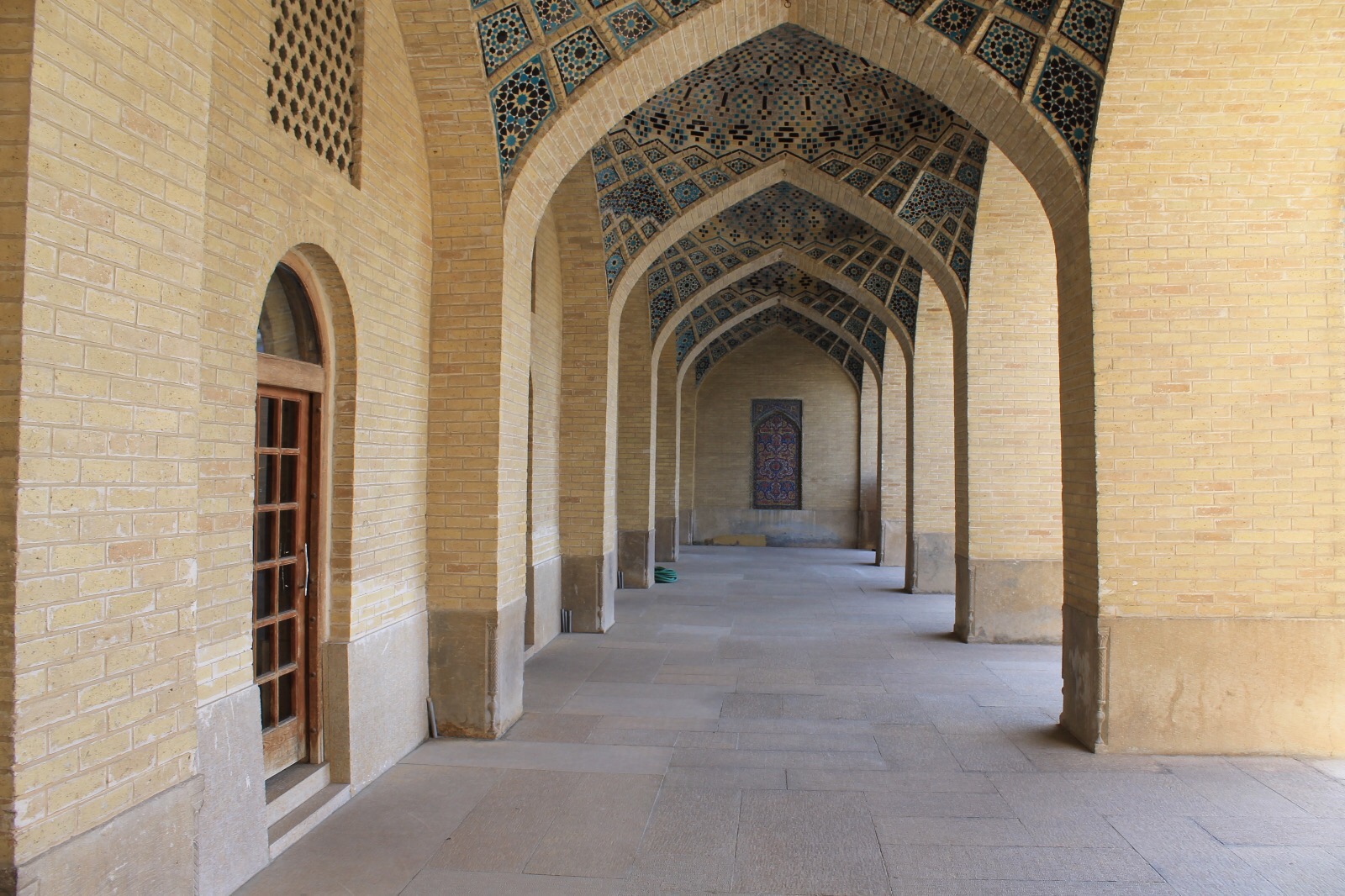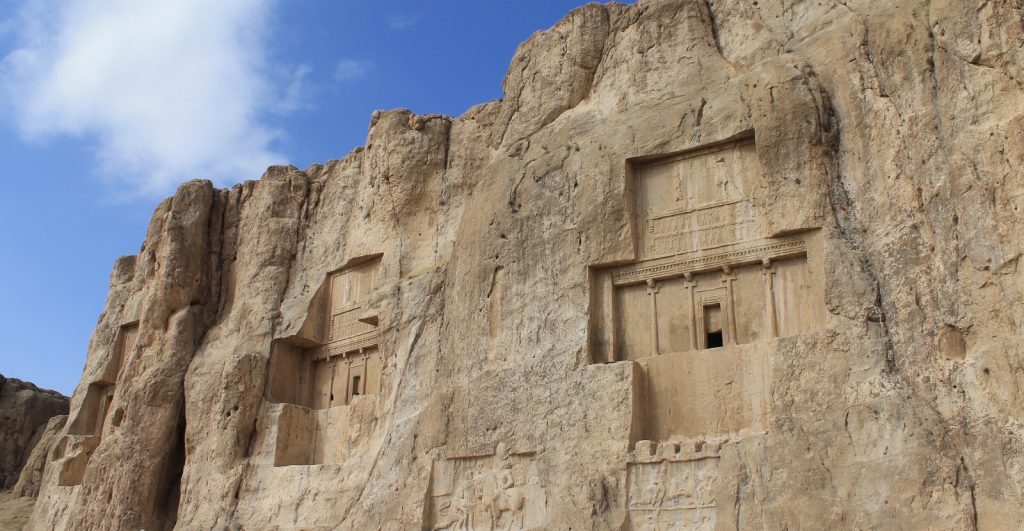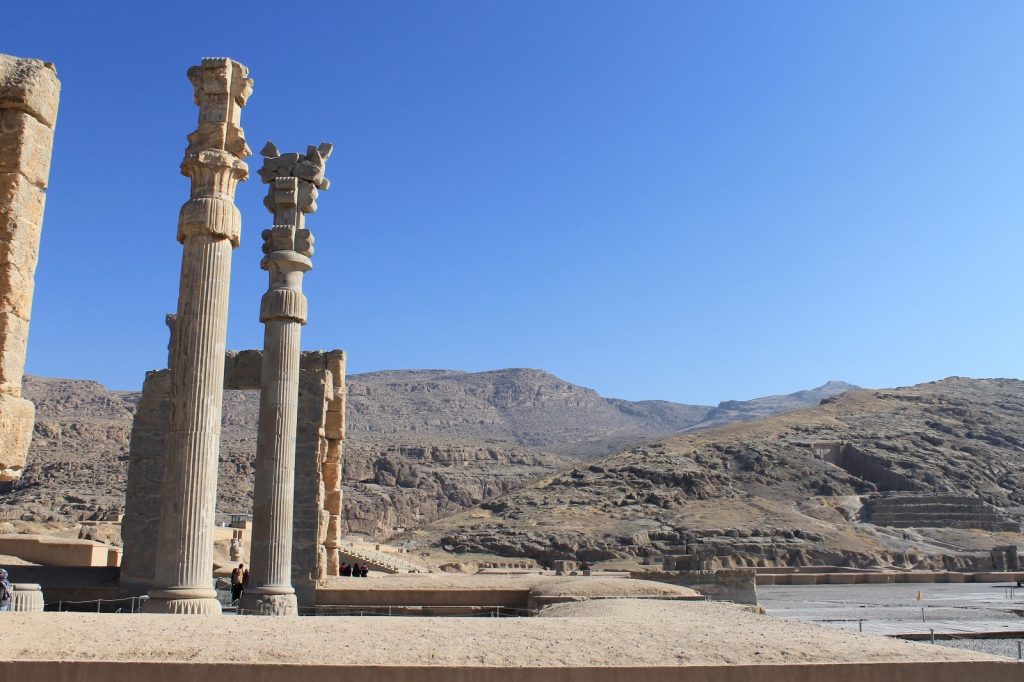
If you’re considering an independent journey to Iran, this blog post is a treasure trove of insights and advice drawn from my past trips to this Middle Eastern gem.
Traveling in Iran far from perilous, but it’s a journey I wholeheartedly recommend to all. Iran is a country that astonishes, leaving visitors in awe of its wonders, experiences, and, above all, its warm and welcoming people.
Must Know Before Going
When to Go
Certainly, the best periods to travel to Iran are spring (April being the best month of all) and autumn. The temperatures are pleasant, neither too high nor too low. Summer, in the months of June, July, and August, especially if you want to visit the deserts, is not recommended (some treks are even suspended for the season), while winter can be quite cold, especially if you want to visit the northern regions.

Visa Requirements
To travel to Iran, obtaining a visa is a must. There are two ways to secure one: either upon arrival at Tehran airport (for a maximum of 30 days) or by applying in advance. The visa is no longer stamped directly onto the passport; they issue a separated document so that you can travel more easily in countries such as Israel and USA.
Accommodations
Finding hotels and guesthouses in Iran through platforms like booking.com won’t work due to government restrictions on certain communication channels. However you can find accommodations online via: https://iran.1stquest.com/.
Expect to pay between $30 and $60-70 for a double room with a decent standard.
Alcoholic Beverages
Keep in mind that the consumption of alcoholic beverages is strictly prohibited in Iran. You risk to be imprisoned if caught drinking alcohol so please be aware of it.
Internet Access
Wi-Fi is now prevalent in Iran, although the connection may not always be optimal. Due to government restrictions, some sites and social networks, such as Facebook, Twitter, and YouTube, are blocked. To access them, a Virtual Private Network (VPN) is necessary.
Currency
In Iran, it’s crucial to carry enough cash in dollars or euros for the entire trip so make sure you bring enough money with you. ATMs do not support international cash withdrawals (another limitation due to the embargo on Iran).
The official currency in Iran is the Rial, but more often than you might expect, you’ll be asked to pay in Toman. Don’t panic; the Toman is their old currency and is exactly 10 times the value of a Rial. So, if someone asks for 1000 Toman, they actually mean 10,000 Rial. Similarly, 10,000 Toman is equivalent to 100,000 Rial, and so on.
The Cost of Traveling in Iran
Traveling in Iran is relatively inexpensive. Mid-range hotel expenses ranged from $35 to $60-70 per night for a double room, including a hearty breakfast.
Eating in Iran is incredibly affordable. A delicious plate of kebab (a dish available everywhere) and a Coca-Cola will cost you around 4-5 USD. Even in higher-end restaurants, don’t expect to spend more than 15 USD per person.
Buses are very economical and high-quality. We mostly used VIP buses, and the prices were surprisingly low. For example, the cost of traveling from Tehran to Shiraz was approximately 15 USD per person.
Interestingly, the most significant expenses in Iran are related to visits and entrance fees to places of interest. For instance, to visit Persepolis, you need to rely on an agency or a taxi, costing around 30 USD for two people. The same applies to the Kalout Desert near Kerman. Entrance fees, which are almost universal, range from 3-5 USD per person.
Dress Code for Women
In Iran, wearing a headscarf is obligatory for all women. While the chador, a full-body covering, is required in certain religious sites, it is not mandatory elsewhere.
The chador, which can be colorful but is most often strictly black, must be worn (and you’ll be asked to do so) only in certain religious places like mausoleums, or mosques.
Female visitors should also wear modest clothing: ensuring to cover minimum until the mid-thigh length. Sleeves should cover the arms, and revealing shoulders or décolletage is not permitted.
Furthermore, male visitors are not allowed to wear shorts.
Getting Around
Within cities, transportation options include buses or taxis, with separate sections for men and women on buses. Taxis are more comfortable and faster, with negotiable fares. Private or shared taxis are available, with the latter being more economical.
Tehran is equipped with an efficient metro system, allowing you to move quickly from one part of the city to another. Take note that some subway cars are reserved for women only, while others are mixed.
For intercity travel, VIP buses are a regular and excellent option. I personally found them to be economical, clean, with spacious and reclining seats. Additionally, a snack is often provided during the journey.
Alternatively, trains are available, and Iran has a good railway network. However, it’s advisable to book tickets well in advance, as seats can be sold out two days before departure. Both VIP buses and trains are great options for those who enjoy traveling overnight.
Safety
Iranians are incredibly hospitable people, treating travelers more like cherished guests than mere tourists. Invitations to lunch, dinner, or even to stay in their homes are commonplace. It’s genuinely important for them to portray the best image of themselves and their country to foreigners.
As of now, areas near the borders are peaceful. That being said, traveling in Iran is not entirely without risks, much like any other part of the world. It’s essential to be cautious about wallets and cameras, especially in crowded bazaars, as they can be hotspots for pickpockets. While the overall atmosphere is welcoming, it’s wise to stay vigilant and take standard safety precautions.
Must-See Places and Recommended Itinerary

Iran offers a wealth of attractions, and while some travelers manage to explore the country in just seven days, a two-week itinerary provides a more comprehensive taste of its wonders. Here are some highlights you shouldn’t miss during a 15-day journey:
- Isfahan (Esfahan): Visit the iconic Imam Square, Khaju Bridge, the 17th-century Bazaar, and the Vank Cathedral. Esfahan is a city rich in cultural and architectural treasures.
- Shiraz: Explore the lively Bazaar, the Nasir al-Molk Mosque, Shah Cheragh, and the ancient ruins of Persepolis, located just a short drive from the city.
- Yazd: Immerse yourself in the Zoroastrian heartland, with its old town characterised by narrow alleys and mud-brick buildings. Don’t miss the Water Museum, Towers of Silence, and the enchanting rooftops of the city.
- Kerman: While the city itself may not be extraordinary, it serves as an excellent base for exploring the mesmerizing Kalut Desert (Dasht-e Lut), especially at sunset.
- Qeshm Island: Often overlooked, Iran’s largest island offers unique natural attractions, including satellite islets, forests, valleys, and caves, providing a cultural and natural experience off the beaten path.
Unforgettable Experiences

While Iran boasts numerous must-see places, the real magic lies in the experiences that make the journey truly special. Here are a few highlights:
- Garmeh and the Desert: For an authentic desert experience, stay in Garmeh at the Ateshooni Guest House, where the owner, Maxiar, can arrange unique excursions, such as witnessing the sunrise over the vast salt desert.
- Staying with Iranians: Embrace the extraordinary hospitality of Iranians by accepting invitations to their homes. These encounters offer genuine insights into Iranian life, allowing you to witness their homes, try your hand at Iranian cooking, and forge connections that transcend cultural boundaries.
- Smoking Ghelyoon: Join locals in one of their favorite pastimes – smoking ghelyoon (hookah) while sipping on chai (tea). It’s a leisurely activity enjoyed across the country, providing a chance to experience Iranian culture,
